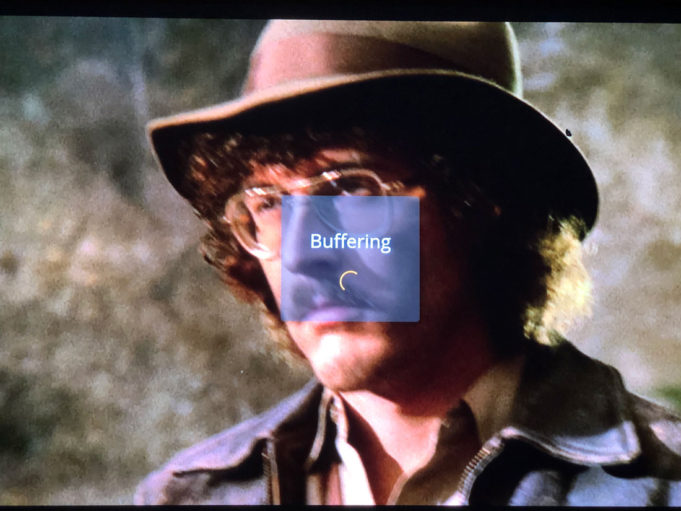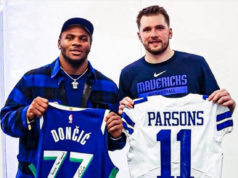Have you ever streamed a movie or TV show and watched it turn to pixels when it’s supposed to be crisp and clear? I did the other day while I was watching a digital copy of “Weird Al” Yankovic’s 1989 cult masterpiece UHF. A few minutes in, the dreaded circle of death popped up. It lingered for about 10 seconds. No problem, I thought. Ten minutes later, it did it again, and this time it didn’t refresh. I couldn’t finish UHF that day, and it was a somber day in Chase Town, U.S.A.
I have ultra-fast internet — speeds up to 200Mbps download — so streaming shouldn’t be a problem. Both Spectrum and a home-administered speed test told me that everything was fine, so I was stumped and frustrated. Even Weird Al looks pissed in the photo. With this speed, I should be able to stream on more than five devices and download large files in seconds.
The colossal problem with digital streaming is that when your bandwidth doesn’t meet streaming needs in HD or 4K (the new way to watch anything), you are not watching the movie or series in the right format. To avoid getting too nerdy, the visuals look ugly. This happens because so many factors go into streaming digital content: internet speed, good modem and router, the location of the two (are they placed in a good location that won’t block speed with closed doors?), and good weather. Try streaming when it’s storming outside — I wish you the best.
Despite this, digital streaming is taking cinema and television by storm. Some movies will never come to 4K, but, to be fair, Blu-ray has been around since 2006 and some movies still only get a DVD release. With 4K being the jaw-dropping way to watch content at home, this is still bad news for physical media. Adding injury to insult, Samsung recently called it quits after making some of the best 4K and Blu-ray players on the market.
Perhaps the best reason to stream a digital film is convenience — it’s right there inside your device, ready to play. However, when you buy a movie from iTunes or any platform, you don’t own it. Even if the button says “BUY” on it, or it comes with your physical copy, you don’t own it. You are just renting it for a long time. Major studios have already yanked movie titles from iTunes that they don’t want to sell on that platform anymore, and if you’ve already bought it, it will disappear from your digital library. Additionally, streaming services like the wildly popular UltraViolet are shutting down, which means what you bought on that platform will vanish, too. What if other platforms follow suit?
Boutique distributors are the saving grace of physical media. Companies like Criterion Collection, which restore and sell some of the most essential films from all around the globe, offer a variety of content that digital copies or streaming service never will: thick booklets with photos and essays about the movie, beautiful cover art, and extra features. That’s why physical media is the safest way to go. You will always get the most immersive sound and visuals, with no hiccups. I could write more on how much of a bad idea surround sound systems that rely solely on Bluetooth or Wi-Fi are, but neither of us has two weeks to spare. Just don’t let anyone borrow your high-quality disc, because you’ll never get it back.l












